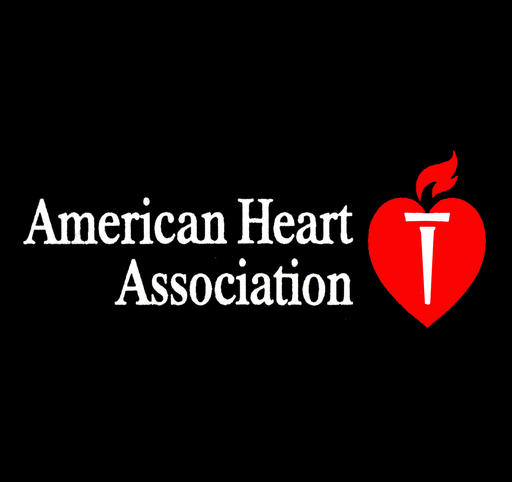(Oct. 2014) On World Stroke Day, the American Heart Association/American Stroke Association urges everyone to learn the signs of stroke.
Supermodel and Actress Claudia Mason is helping the American Heart Association/American Stroke Association raise awareness on World Stroke Day, Oct. 29.
Worldwide, stroke is the second leading cause of death. Like many Americans, Mason didn’t have stroke on her radar until she suffered one at the age of 40.
“I never thought something like this could happen to a healthy, young adult,” Mason said. “I always thought strokes were something only senior citizens with heart disease had.”
Mason didn’t think anything of her sore neck the day after a vigorous dance class, until a severe headache coupled with faulty vision alerted her that something was very wrong. She had suffered a tear in her vertebral artery that lead to an ischemic stroke.
“People are often surprised to learn that young people suffer strokes and even more shocked that women are more likely to have a stroke than men. In fact, women are more likely to have a stroke than to be diagnosed with breast cancer,” said Dr. Frank Dubeck, CMO for medical policy and clinical editing at Excellus BlueCross BlueShield and American Heart Association/American Stroke Association advisory board member.
Worldwide, one in six people will have a stroke. For women, that figure is one in five.
“Cerebrovascular disease doesn’t get the attention it should here or abroad. Talking about stroke is an important conversation for everyone because recognizing a stroke and getting treatment quickly may save a life,” Dubeck said.
The American Stroke Association’s Together to End Stroke initiative, which is nationally sponsored by Covidien, a global provider of medical technology solutions and patient care products, teaches the acronym F.A.S.T. as an easy way to recognize the most common stroke warning signs and what to do if you suspect someone is having a stroke.
F.A.S.T. stands for:
F – Face Drooping: Does one side of the face droop or is it numb? Ask the person to smile.
A – Arm Weakness: Is one arm weak or numb? Ask the person to raise both arms. Does one arm drift downward?
S – Speech Difficulty: Is speech slurred, are they unable to speak, or are they hard to understand? Ask the person to repeat a simple sentence like, “The sky is blue.” Is the sentence repeated correctly?
T – Time to call 9-1-1: If the person shows any of these symptoms, even if the symptoms go away, call 9-1-1 and get them to the hospital immediately.
Additional stroke signs include: Sudden severe headache with no known cause; sudden trouble walking, dizziness, loss of balance or coordination; sudden trouble seeing in one or both eyes; or sudden confusion or trouble understanding.
“When you call 9-1-1 at the first sign of stroke, the patient has a greater chance of getting to an appropriate hospital quickly and being assessed for treatment options like a clot-busting drug and other medical devices,” said Dubeck.
Mason, who has recovered from her stroke, is participating in a satellite media tour for World Stroke Day to educate Americans about stroke recognition and treatment. Mason also models the Stroke Solidarity String, the worldwide symbol for stroke, in a new print PSA available this fall from the American Stroke Association.
The World Stroke Organization established World Stroke Day in 2006 to increase global stroke literacy and prevention. In the United States, stroke is the No. 4 killer and the leading preventable cause of long-term disability.
For more information visit StrokeAssociation.org.


